“Perhaps that blessed tree, the Tree of Life, is, by its rays, the sun of Paradise; its leaves glisten, and on them are impressed the spiritual graces of that Garden. In the breezes the other trees bow down as if in worship before that sovereign and leader of the trees. In the very midst He planted the Tree of Knowledge, endowing it with awe, hedging it in with dread, so that it might straightway serve as a boundary to the inner region of Paradise. Two things did Adam hear in that single decree: that they should not eat of it and that, by shrinking from it, they should perceive that it was not lawful to penetrate further, beyond that Tree.”
- Hymns on Paradise by St. Ephrem the Syrian (Hymn III)
“Curse him, root and branch! Many of those trees were my friends, creatures I had known from nut and acorn; many had voices of their own that are lost for ever now. And there are wastes of stump and bramble where once there were singing groves. I have been idle. I have let things slip. It must stop!”
- The Two Towers by J. R. R. Tolkien
“My friends, you are outcasts, though you do not know it, and you have forfeited your place on earth. For there are two races—trees and man; and for each there is a different dispensation.”
- Lud-in-the-Mist by Hope Mirrlees
What is it with trees? Have you ever looked at one? Really looked at it? Are they merely objects for us to use, barely more alive than rocks? Are they something more? After a while of looking, trees might become something alien to us, something strange. Trees are very strange indeed.
With their hidden roots and up-stretched branches, trees look almost like eldritch horrors from the work of H. P. Lovecraft. Indeed, in the winter when deciduous trees drop their leaves, they can appear gaunt, nearly dead. They are, in fact, slumbering waiting for the Spring to explode with life. When the branches are barren, they look like beggars appealing to God for sustenance.
Trees are the focus of much folklore and myth. Yggdrasil comes to mind. Ovid’s Metamorphosis is full of gods turning people (and nymphs) into trees. Baukis and Philemon were turned into a linden and oak, respectively. Daphne turned into a laurel tree to escape Apollo. Attis was transformed into a silver fir. The examples are nearly endless.
Trees are also the basis for the Christian story as well. Remember, there were two trees in the Garden of Eden, the Tree of Knowledge of Good and Evil and the Tree of Life. According to St. Ephrem the Syrian in his “Hymns on Paradise,” the Tree of Knowledge barred Adam and Eve from accessing the summit of Paradise (because Eden was on a mountain) where the Tree of Life was planted. The Tree of Knowledge acted as a sanctuary veil, typologically related to the sanctuary veil in Catholic churches were the Eucharist is kept hidden from the uninitiated.
The idea goes that Adam and Eve were in an intermediate state, innocent, yet not mature. They were not ready to eat from the Tree of Knowledge, but God would have permitted them to do so when they were ready. They needed to wait. When Adam and Eve were sufficiently ripe, God would have also allowed them access to the sanctuary where grew the Tree of Life. Obviously, this did not happen and the Dragon tempted the unripe pair away from God’s will. God cast them from The Garden to protect them from consuming the fruit from the Tree of Life.
All this is all very interesting, but I keep on asking myself, why trees? What is it about trees that makes them the most appropriate image for Paradise? It’s like asking why a Serpent (Dragon)? Why not a bird, tiger, or a poisonous slug?
If you ask an evolutionary psychologist, which I don’t recommend, they would tell you that our ancestors lived in trees and were scared of snakes, so that is why these images evoke so many mythic associations. However, even in these materialist assumptions about our past, we find some truth. As Peter Wohlleben points out in “The Hidden Life of Trees,” trees provide so many benefits to our planet, massive amounts of oxygen, food, insanely tiny microhabitats for rare fly species (with butt snorkels), anti-microbial properties in their defense chemicals, and many more. In many ways, trees are the reason why we, as people, can survive at all. They are integral to planetary function!
Wohlleben also points out that trees are much more complicated and alive than we give them credit. They are mostly solitary, long-lived and slow, which is why we don’t really think about them having anything more complex than a rock. Trees communicate with one another through underground networks of mycorrhizal fungi, mother trees often nurture and raise their saplings, and they may even scream when experiencing extreme thirst. Trees even manage their own environment, changing it to meet their own needs. Through mycorrhizal fungi, trees can act as guardians, providing nutrients to other trees that would not be able to survive without them.
Tolkien’s Ents were not too far from the mark. Treebeard is the spirit of Fangorn forest (Fangorn meaning “Treebeard” in Sindarin). Treebeard and the other ents take care of the forest and cultivate the trees, sometimes helping them become ents themselves. Treebeard is a guardian and mediator. When Saruman unwisely cut down large sections of the forest, violating his own duties as angelic guardian, Treebeard and the other ents “woke up” and marched against him.
Trees are, therefore, important according to both Wohlleben and Tolkien. But why are they mythic? What is it about trees that a Greek god’s first impulse is to turn a nymph into one? What it is about “tree-ness” that makes it appropriate in Eden?
In “Lud-in-the-Mist,” Hope Mirrlees wrote that there are two races, trees and men, The passage is worth quoting in full:
"My friends, you are outcasts, though you do not know it, and you have forfeited your place on earth. For there are two races - trees and man; and for each there is a different dispensation. Trees are silent, motionless, serene. They live and die, but do not know the taste of either life or death; to them a secret has been entrusted but not revealed.
"But the other tribe - the passionate, tragic, rootless tree - man? Alas! he is a creature whose highest privileges are a curse. In his mouth is ever the bitter-sweet taste of life and death, unknown to the trees. Without respite he is dragged by the two wild horses, memory and hope; and he is tormented by a secret that he can never tell.
For every man worthy of the name is an initiate; but each one into different Mysteries. And some walk among their fellows with the pitying, slightly scornful smile, of an adept among catechumens. And some are confiding and garrulous, and would so willingly communicate their own unique secret - in vain! For though they shout it in the market-place, or whisper it in music and poetry, what they say is never the same as what they know, and they are like ghosts charged with a message of tremendous import who can only trail their chains and gibber.”
Mirrlees compares trees to men in this passage. It is a natural enough comparison. She contrasts the two races primarily on which race knows the taste of life and death. Men know the bittersweet taste, but trees do not. Trees have a vegetative soul and men have a rational soul according to Aristotle. As a side note, it is interesting that men exhale carbon dioxide, which is needed by trees, and trees (plants generally) “exhale” oxygen, needed by men. Mirrlees is saying that by man’s rational nature, he is aware of being fallen, while trees are not aware due to their vegetative souls. They are inverses of one another.
Here is my attempt at explaining the mythic resonances of trees. Trees are creatures that connect the earth to the heavens. They are a bridge where heaven and earth meet. Trees pull the nutrients from under the earth, where they keep their roots, which Wohlleben compares to the human brain, and use their leaves (hands) to pull down sunlight and transform it into life in the form of fruit. In other words, they are unconscious mediators of heaven and earth. They connect the abstract (light) to the concrete (dirt).
Perhaps this is why plants are thought to have vegetative souls. Their “minds” are embedded completely in the ground, while human minds are pointed toward the heavens and animals are somewhere in between. Also, the solidity and longevity of trees might be why the pagan gods use the transformation as a reward or as a means of salvation. It could be a precursor, a hint, of the Logos, participation in Christ.
Trees are mythic because we are mythic. Adam was supposed to be the high priest, the mediator of heaven and earth, but he failed and fell. The citizens of Lud-in-the-Mist know very well what that means. Christ came to be the New Adam as Mary is the New Eve. We are called to participate in Christ and become mediators ourselves. Trees embody the divine pattern of how spirit relates to matter and we are called to do the same. Baptism is the act of grafting us onto the tree that is Christ.
“I am the vine; you are the branches. If you remain in me and I in you, you will bear much fruit; apart from me you can do nothing.”
For more information on the specific patterns of plants, I recommend this article by Kenneth Florence from The Symbolic World.
Finally, it is worth noting that while Adam and Eve never got to eat of the Tree of Life in the Garden, Christ died on a tree and become for us the Fruit. Christ is the Tree of Life. We enter into Paradise when we attend Mass and participate in the Liturgy. The Eucharist is the True Fruit. Do not consume Him until you are ripe.




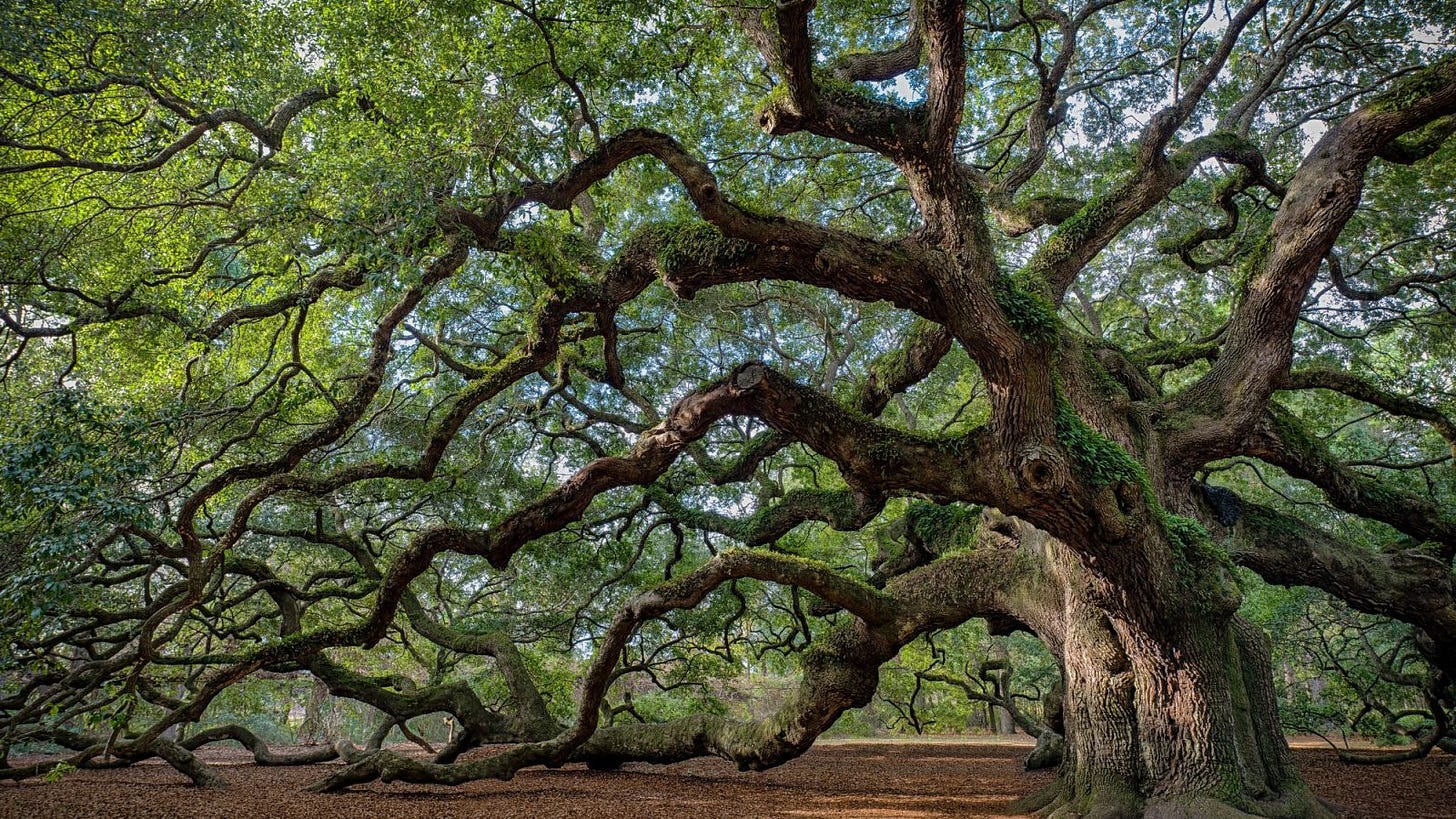
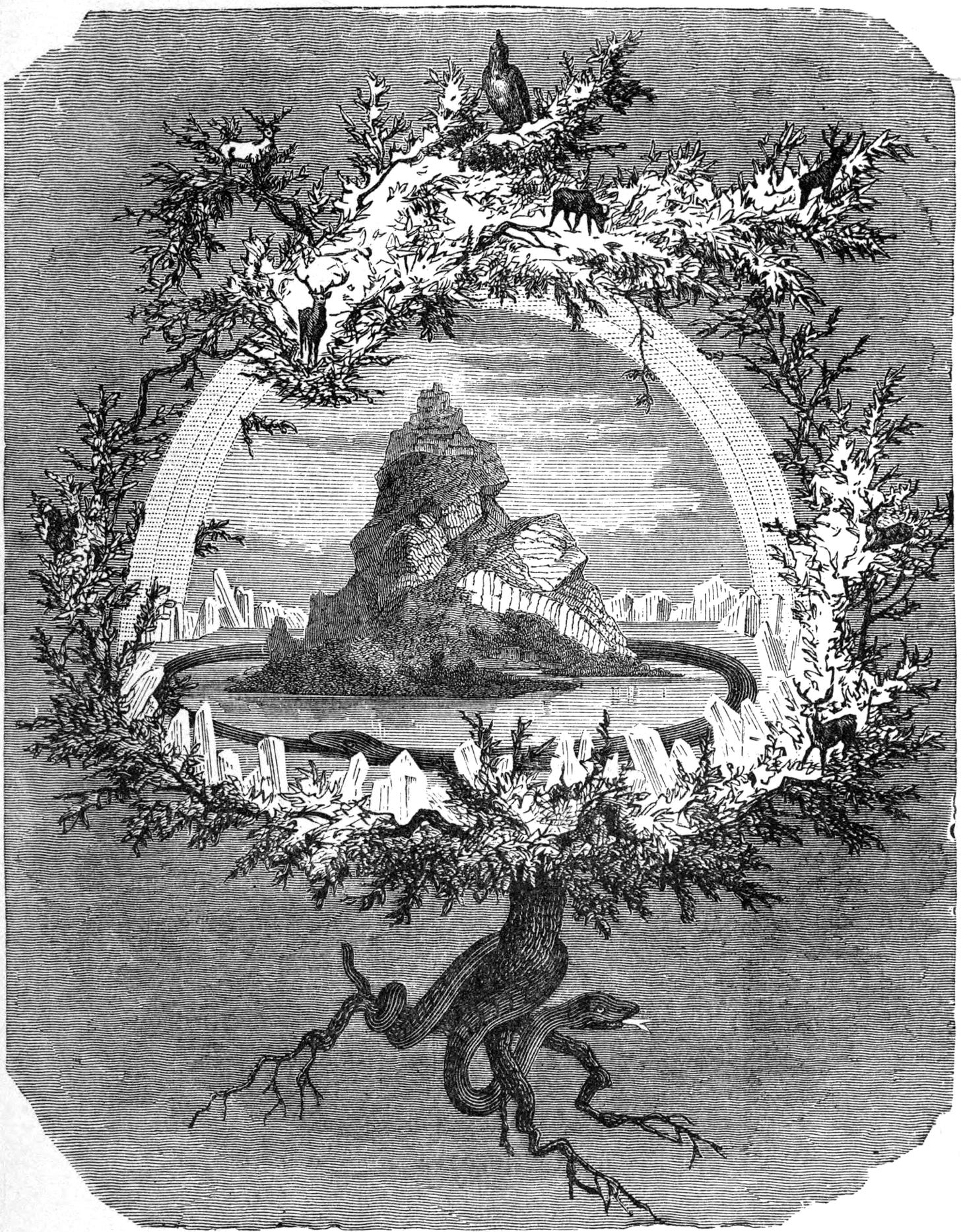
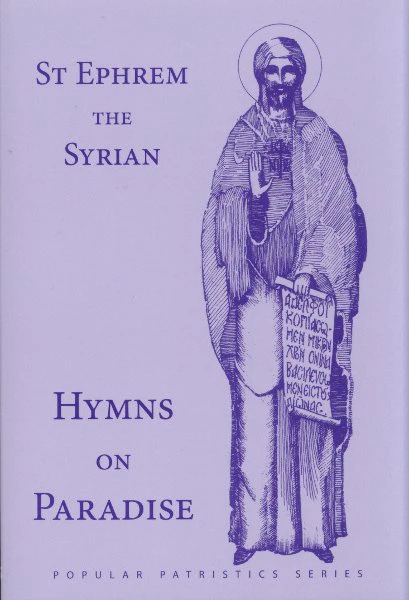
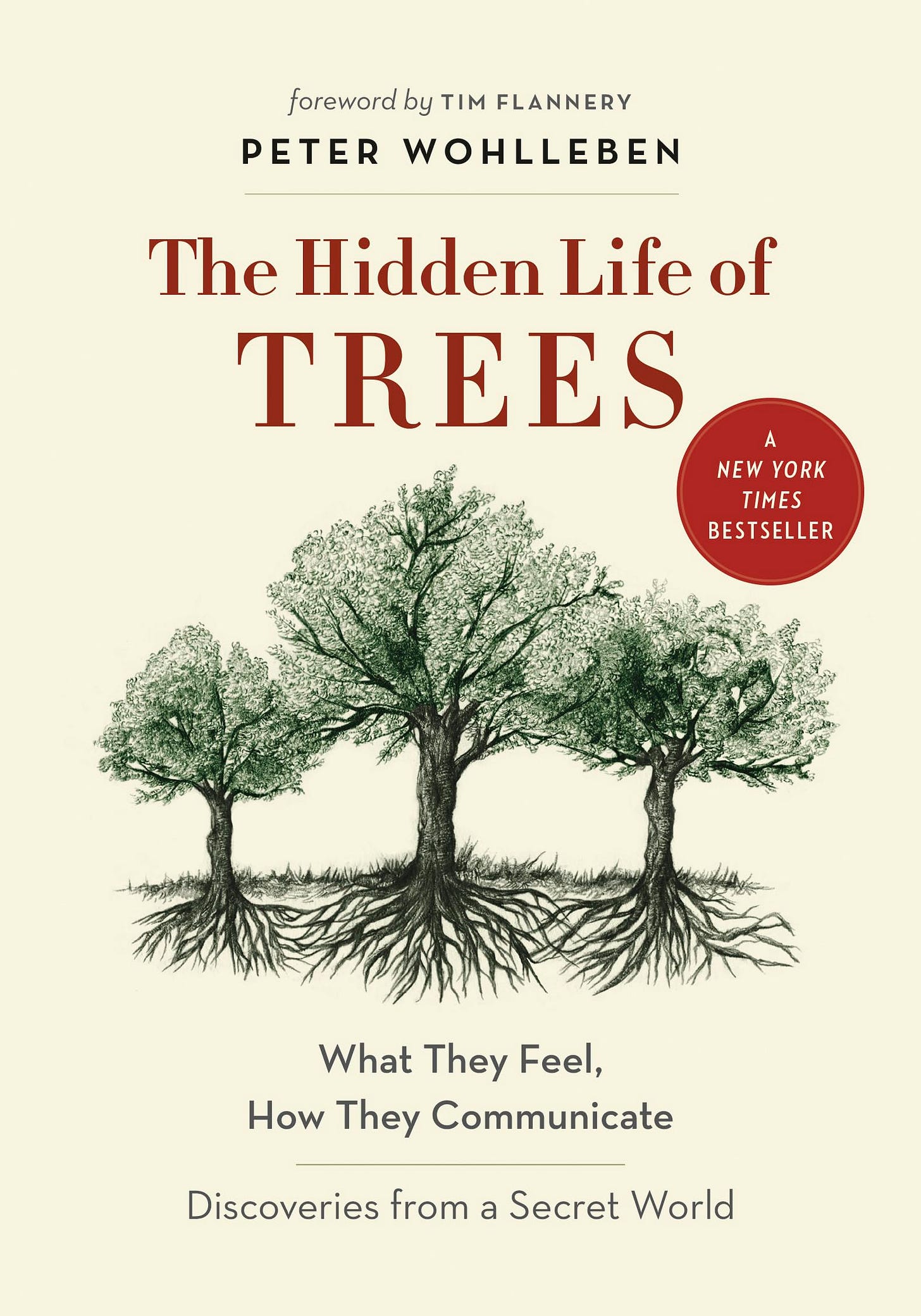
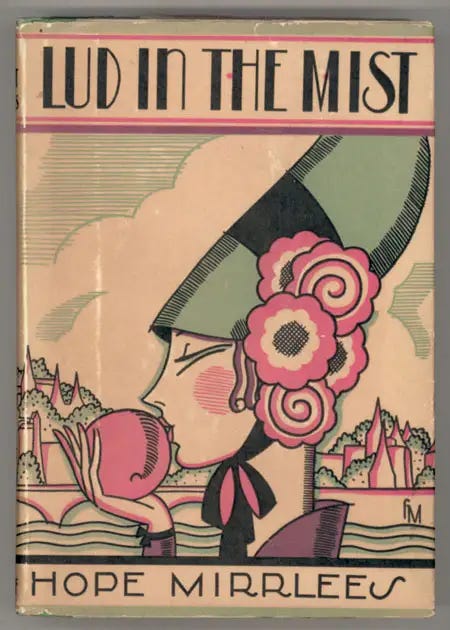
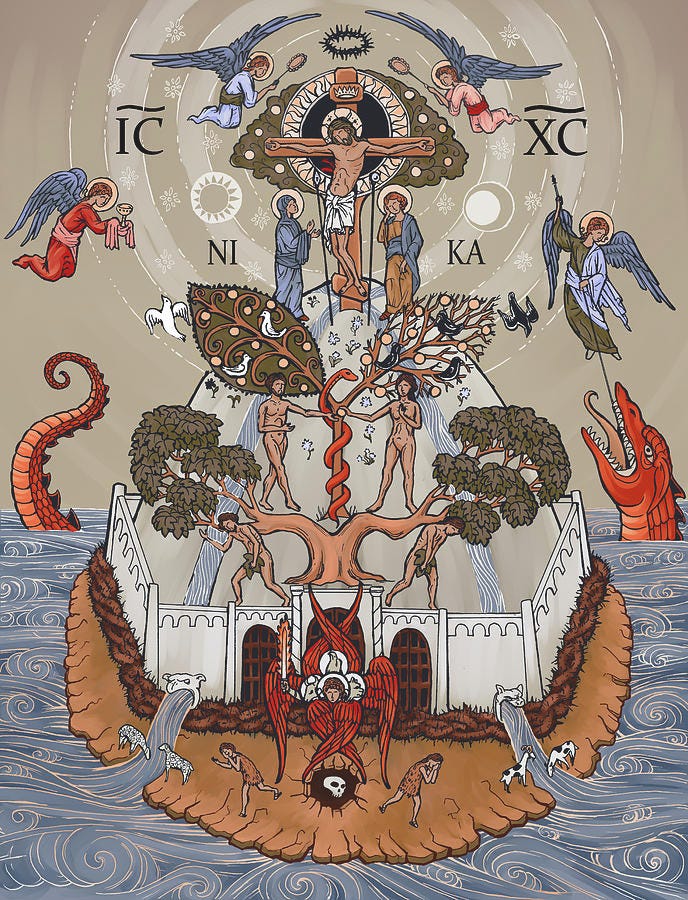
This sense of the two races is intriguing. But my mind is digging at your words like a dog wanting something deeper. Apart from the value you've assembled, I still struggle to understand 'why trees' at all, in a way that isn't projection. To be such presences in our myth-making has to mean they bring something to us. My rambling thoughts follow, perhaps not coherently. :)
I suspect I am looking for the spiritual meaning of trees, which you charted. But why are they so central to our earliest myths? I think you're right that they are an external reflection of us. We love them because they are a helpful symbol that maps our experience and relation to the gods.
I have been gripped by a view that turns trees upside down, where their rooted fingers probe and anchor and grasp upward into a star, while their legs and lungs suck greedily of sunlight and air. They are 'engines' or 'sacraments' of conversion, introducing the outer life of the world between the stars into the world hidden within the skin of our world. They mediate the influencers of the salamanders to the undines.
ROC and his conversations with the trees, and the fauns in the trees, reminds me of the Green Man. Men are upside-down trees, and we feel this. We want the rootedness of home, but we have none of it naturally. Our heads waft in the seeming emptiness outside the earth-mother, our feet not rooted, free to run or be pushed by weather and need. We are little walking trees, and our foliage is invisible to us, a porous distended kaleidoscope of spiritual senses that brush against the presence and senselight of other angels. They move and breathe through us like breezes, or nourish the roots we have in our spirit body to the spirits surrounding us, and we are blind or insensate to it all. we think we have had ideas, or are surprised by revelations. A tree's sense of self does not include earth, sun, or air, but perhaps is a dyad of reception and reaching, extending and articulating, converting warmth and sweetness through its central sacrament to be able to share with others.
The Green Man is a reminder, perhaps, that the way of trees is to humbly stick our heads back in the sand, and like an alchemist, poke our intuition through a doorway into the glory and presence of a loving, living universe. That looking up at the stars is to be paired with the reverence of being born out of one, and borne on one.
Trees are our elder brothers, I suppose. They are more than massive, they are alive, and they are - more likely than not - home to their own fairy or spiritual being. And I suspect some of us can sense that, even when we don't know what we sense. It's not mere gravity and pressure we feel in their being, but the gravitas of presence.
Some of us can espeicially sense it with mountains, some with rivers or oceans. I'm guessing we happy few are tree folk, and its in our blood.
Shit! This went out garbled and truncated. Oh well. Too late to fix. I hope some of it makes sense, JBSP